MapSwipe Belgium Meetup
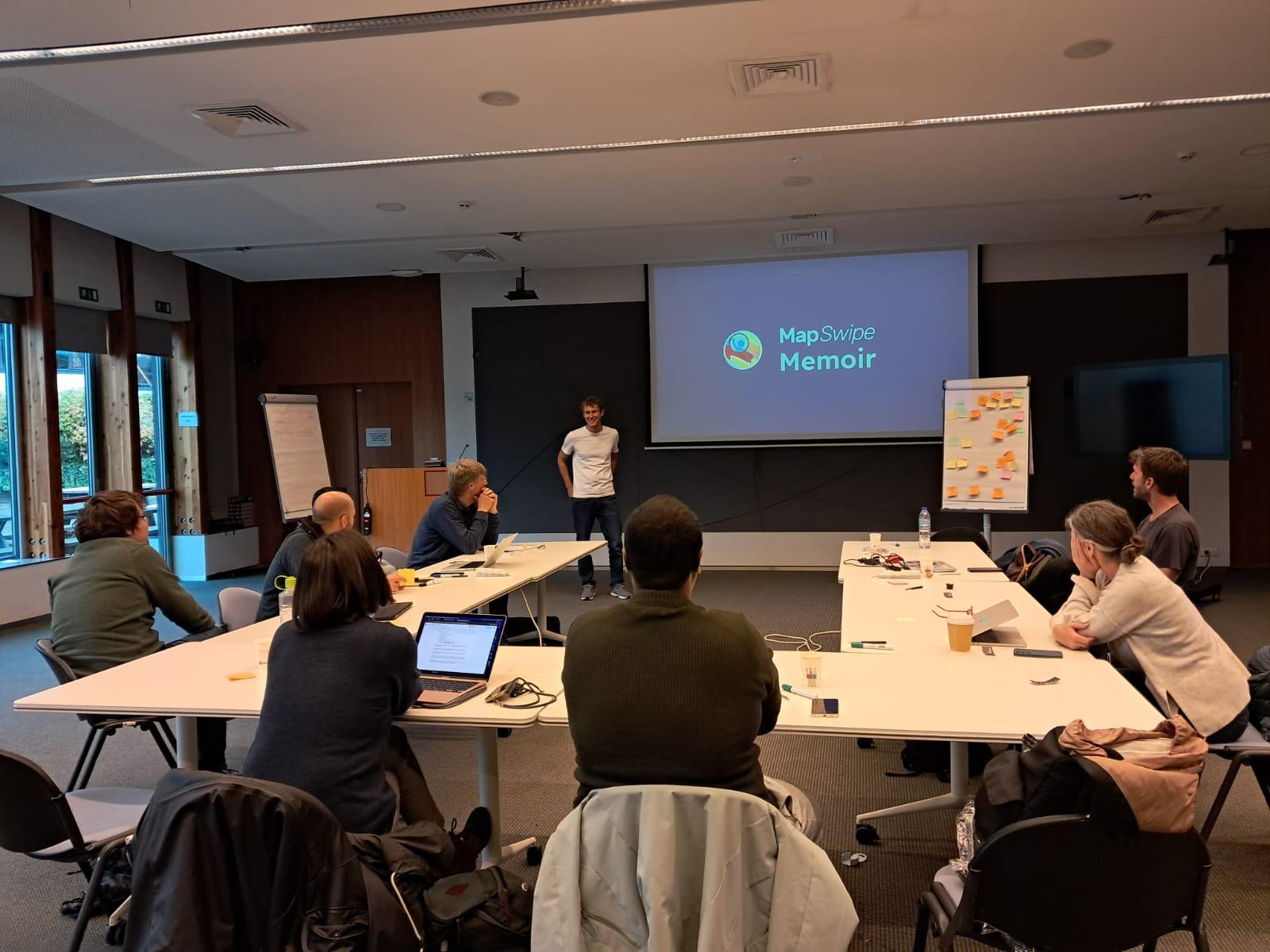
Highlights from MapSwipe Meetup 2024
In mid-November 2024, the MapSwipe community gathered in Brussels for a four-day meetup to explore how we can better support humanitarian mapping, amplify our impact, and plan for the future. MapSwipe is more than a mapping tool—it’s a collaborative effort to address global challenges through data-driven solutions. From disaster recovery to public health and environmental conservation, MapSwipe has empowered organizations and individuals to make a difference.
Day 1: Reflecting on Technology and Challenges
The meetup kicked off with a deep dive into MapSwipe’s history and memories. From its beginnings in 2015 as a crowdsourcing tool to its current role in global humanitarian mapping, The group then revisited the platform’s history, reflecting on milestones such as its 2015 prototype, the 2016 app launch, and the evolution of the app, website refresh and now MapSwipe for Web.
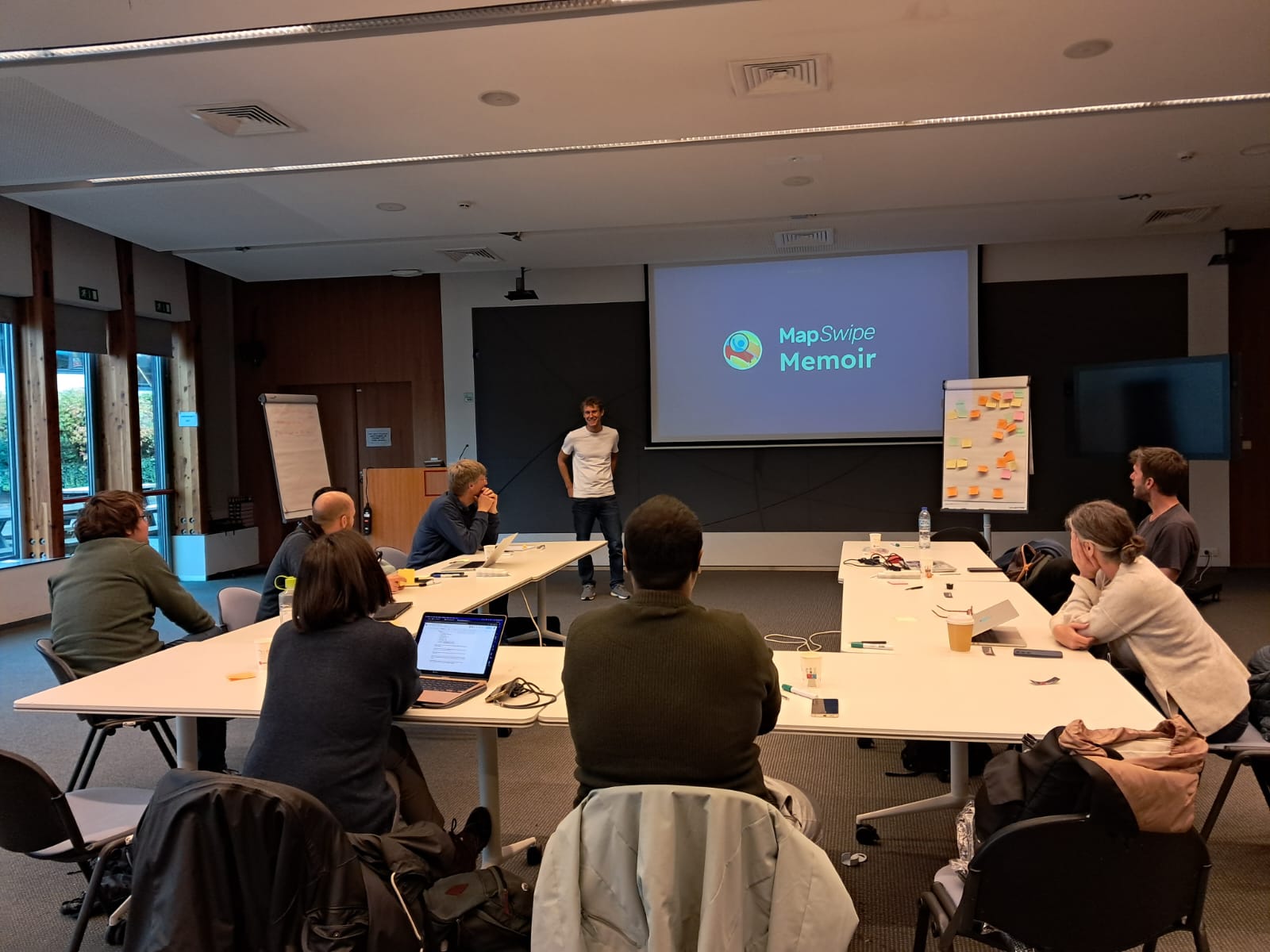
After reflecting on Mapswipe’s history from a prototype in 2015 to the mobile and web apps it is today, the latter half of the day was dedicated to examining the technical aspects of MapSwipe. The group reflected on the platform’s evolution from a web-based prototype in 2015 to the current app and web versions. The group also discussed various technical challenges that currently exist. Key technical topics included:
- System Complexity: Participants discussed how the platform’s growing features have increased complexity, creating challenges in onboarding developers and maintaining the ecosystem.
- Project Creation: Attendees explored ways to simplify project creation and improve testing workflows, ensuring that errors can be quickly identified and resolved.
- Backend and Frontend Improvements: Ideas for transitioning from Firebase to a Django-based backend and implementing a progressive web app were introduced as potential solutions for cost reduction and scalability.
- Deployment: While the current deployment process enables both app and web versions to function effectively, it comes with challenges that can slow down development and impact reliability. The current deployment process also impacts developers' experience since they are not able to quickly spin off an instance and start experimenting with the application.
Fun Fact: Nicole of HOT earned the title of the workshop’s “Biggest Swiper,” having racked up an impressive 50,000+ swipes.
Day 2: Showcasing Impact
Day two was focused on discussing the impact MapSwipe has had on communities worldwide. Each organization present, as well as remote participants in the afternoon, shared examples of how they’ve used MapSwipe to address critical challenges, from disaster response to environmental monitoring.
Highlighted Projects:
- Disaster Response: MapSwipe data was used to locate affected areas after natural disasters like Storm Daniel in Libya and earthquakes in Afghanistan, speeding up aid delivery.
- Community Development: In Zimbabwe, MapSwipe helped identify boreholes and buildings to address water shortages in rural areas, empowering local initiatives.
- Public Health Mapping: The platform supported malaria control campaigns in Botswana by locating remote villages for field surveys.
One of the most heartwarming stories shared was by Letwin about a project in Zimbabwe that used MapSwipe to identify boreholes in her hometown. This data was later presented to the local government to address water shortages, showcasing how MapSwipe empowers individuals to drive change in their own communities.
Day 3: Financing for Sustainability
The third day of the meetup was dedicated to MapSwipe’s sustainability—funding and financial planning. With an eye toward securing the platform’s long-term future, participants engaged in in-depth discussions about how to maintain the platform, fund feature development, and explore new revenue streams.
The day began with Amar presenting a recap of the financial overview of MapSwipe for the year 2024. The presentation also focused on the detailed contributions made by each organization and a check on MapSwipe financial health. There was also a discussion on any potential funding that the participants are willing to make in 2025. Check the detailed presentation here.
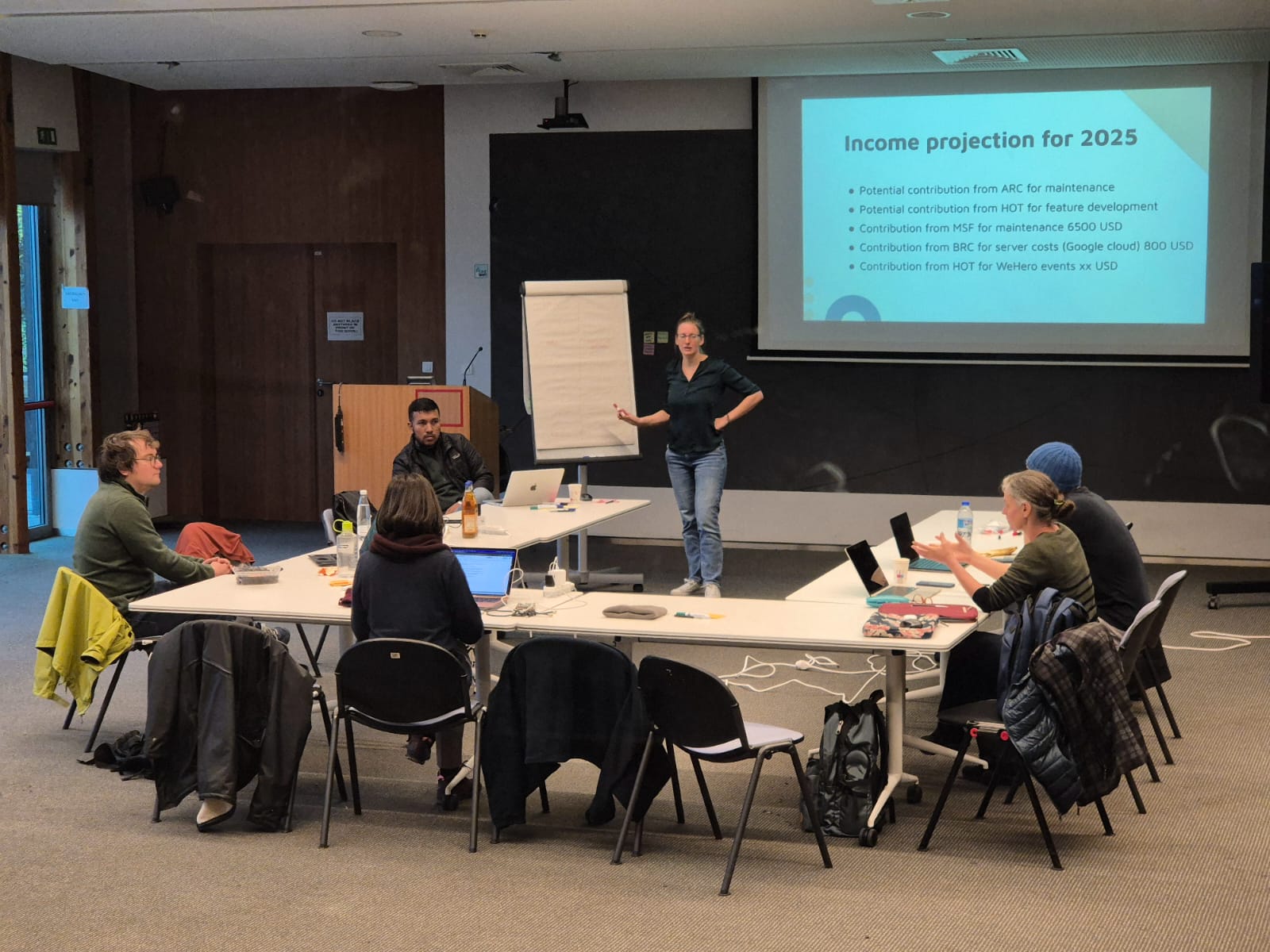
The second half of Day 3 focused on a brainstorming session on funding ideas. The participants were divided into 3 groups:
- Group 1: Possible strategies to fundraise from the public?
- Group 2: Possible strategies to fundraise from corporate organisations?
- Group 3: Possible strategies to receive earmarked funding and un-earmarked funding?
Here are the top two ideas from each category:
Public Fundraising:
- In-App Donations: Adding a donation banner directly in the app to encourage users to support MapSwipe while engaging with the platform.
- Merchandise Sales: Launching a line of MapSwipe-branded products, such as t-shirts or tote bags, to raise funds while increasing visibility.
Corporate/Private Fundraising:
- Clear Funding Proposals: Developing a list of prioritized features with specific price tags to attract corporate sponsors looking for tangible impacts.
- Branding and Storytelling: Enhancing storytelling around MapSwipe’s impact to appeal to potential donors and corporate partners.
Earmarked Funding:
- Feature Sponsorships: Allowing partners to fund specific features or projects, ensuring their contributions have a clear, measurable outcome.
- Dedicated Volunteers: Recruiting volunteers for specific tasks, potentially including sponsorship opportunities to cover their costs.
Unmarked Funding:
- Recognition of Supporters: Providing perks, like branded gifts, to recurring financial contributors as a token of appreciation.
- Community Engagement: Leveraging NGOs and regular users to contribute to MapSwipe through donations or other support mechanisms.
Day 3 ended with participants discussing ways to make MapSwipe sustainable and enhancing transparency in financial governance.
Fun fact: One of the ideas discussed during the fundraising session was launching MapSwipe-branded merchandise, like t-shirts or tote bags, to raise funds and promote the platform.
Day 4: Crafting the Roadmap
The final day of the meetup focused on crafting a roadmap for MapSwipe’s future.
Key Steps in Roadmap Creation:
- Reflection: We walked the participants through the previous (2020) roadmap, identifying completed and uncompleted goals to inform future planning.
- Idea Prioritization: Through brainstorming and scoring, ideas were ranked based on their impact and feasibility, ensuring the roadmap addressed pressing needs while remaining actionable.
- Timeline Development: High-priority items were organized into a timeline to guide implementation efforts over the coming year.
The roadmap was divided into 2 sections:
- General Roadmap
- Technical Roadmap
Through rigorous discussion and voting, the participants decided on the following roadmap:
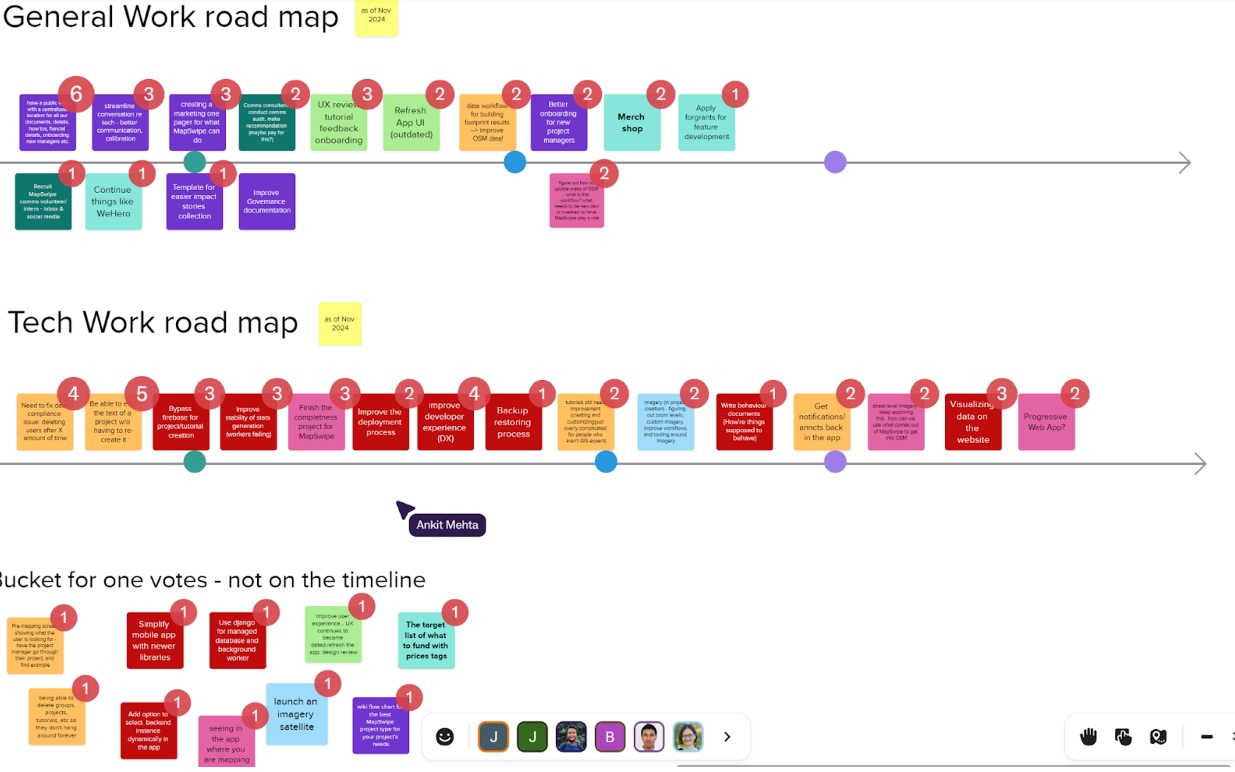
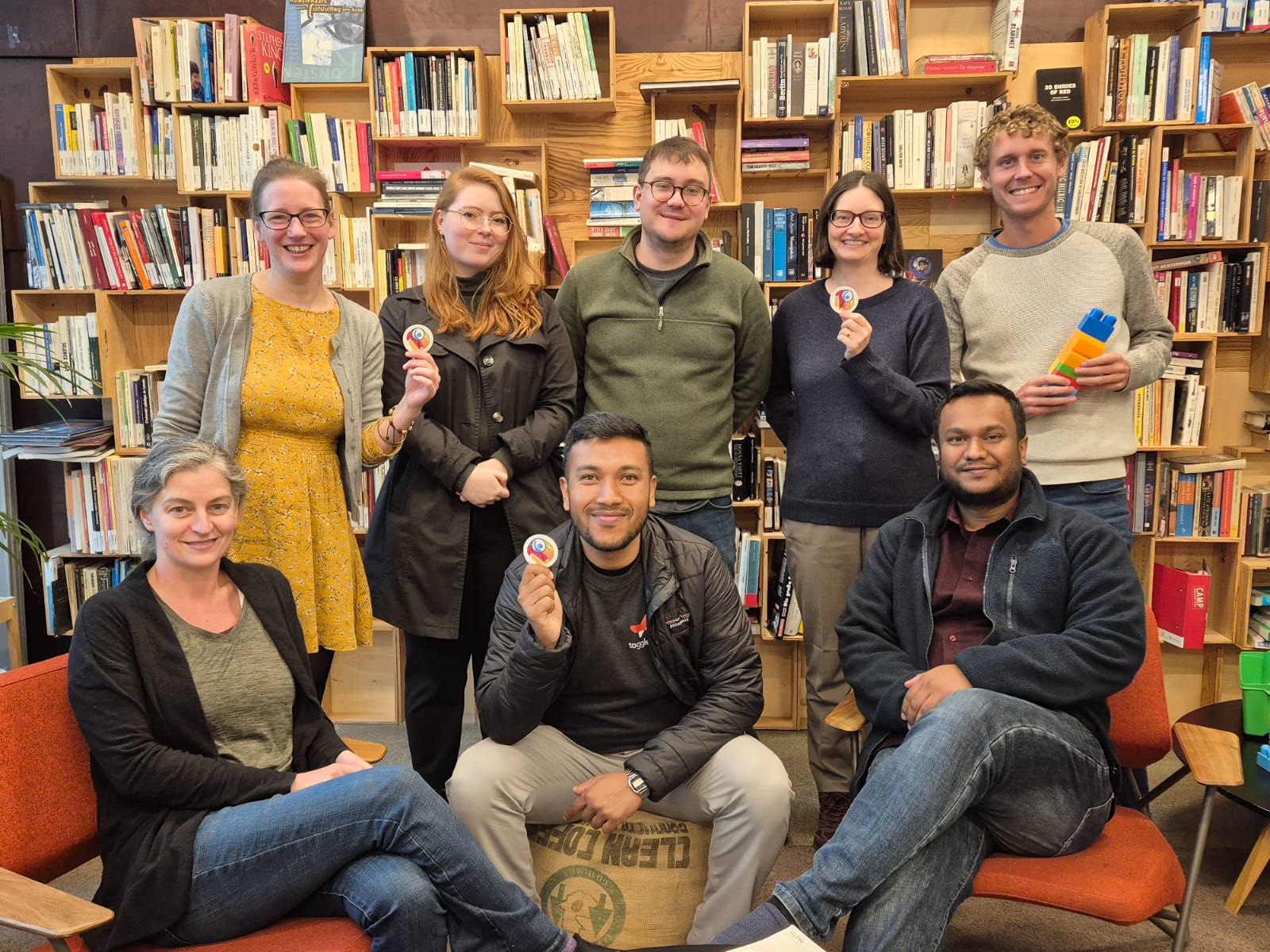
In Conclusion
As we look to the future, the insights and plans generated during this workshop will help shape MapSwipe’s trajectory. Whether you’re a mapper, an organization, or a supporter, there’s a place for you in this journey. Together, we can continue to map what matters and make every swipe count.
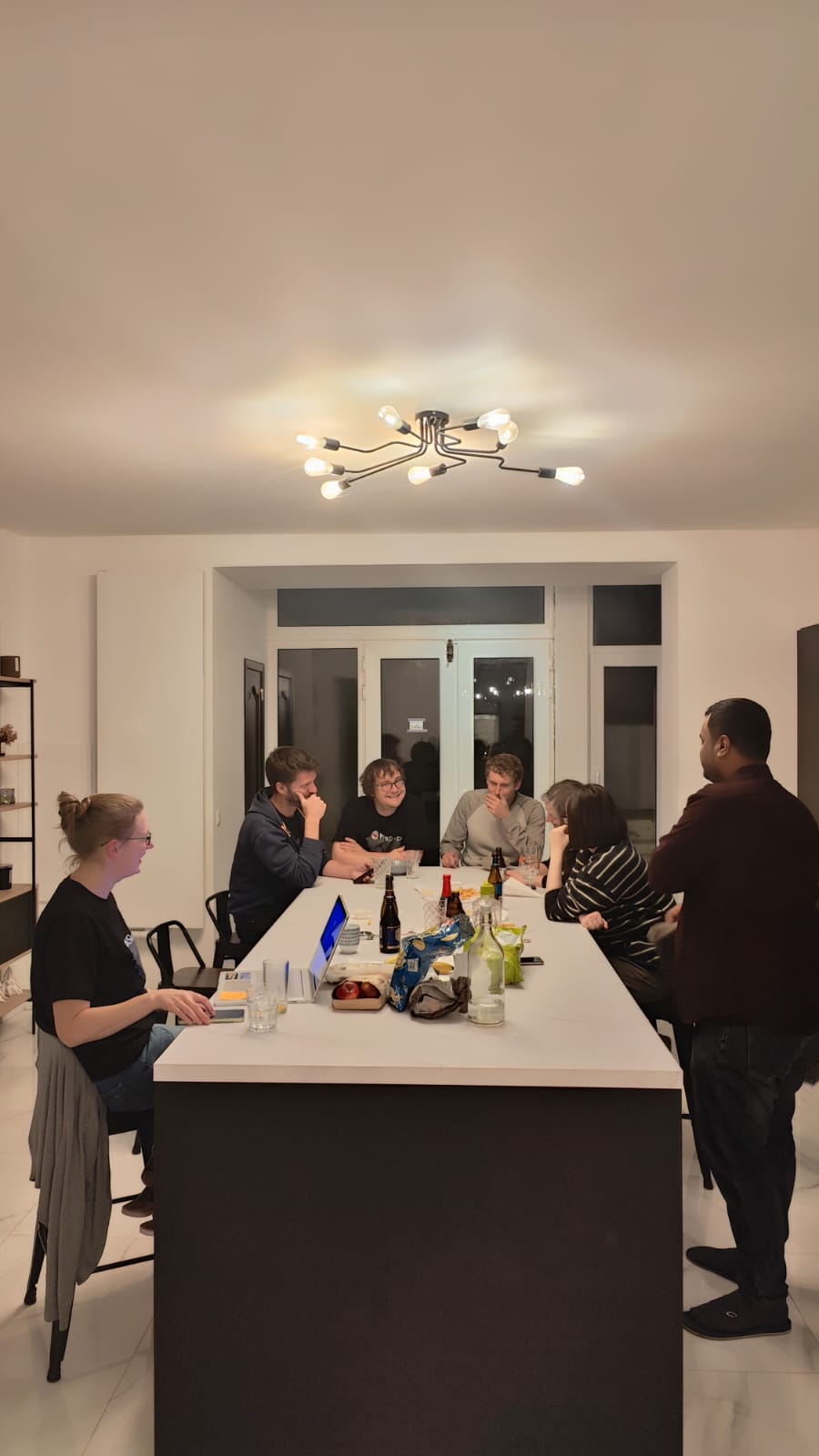
Important Links from the MapSwipe Meetup 2024
Here are all the key resources and links shared during the meetup:
- Roadmap Creation Board (Mural) Link https://app.mural.co/t/katkinzer9715/m/katkinzer9715/1731585514072/0423daffb9fc8a287f3591a4db711e8c90474c8f?sender=u97ae3afd6e21ba01d7c01217
- Presentation on MapSwipe Success Stories (Live Document) Link: MapSwipe: Powering Humanitarian Response
- Day 1 presentation Link: Day 1 - Session 1 - Intro and Memoirs
- Day 3 presentation: Link: MapSwipe Finance Overview.pptx
- Brussels Meetup Rolling Notes Link: MapSwipe Belgium Rolling Notes
- Indepth details of Meetup Link: Indepth details of Meetup
The Mapswipe meetup was hosted by Médecins Sans Frontières (MSF) and brought together representatives from organizations including MSF, Togglecorp, American Red Cross, British Red Cross, Humanitarian OpenStreetMap Team, and Heidelberg Institute for Geoinformation Technology, as well as individual contributors.
